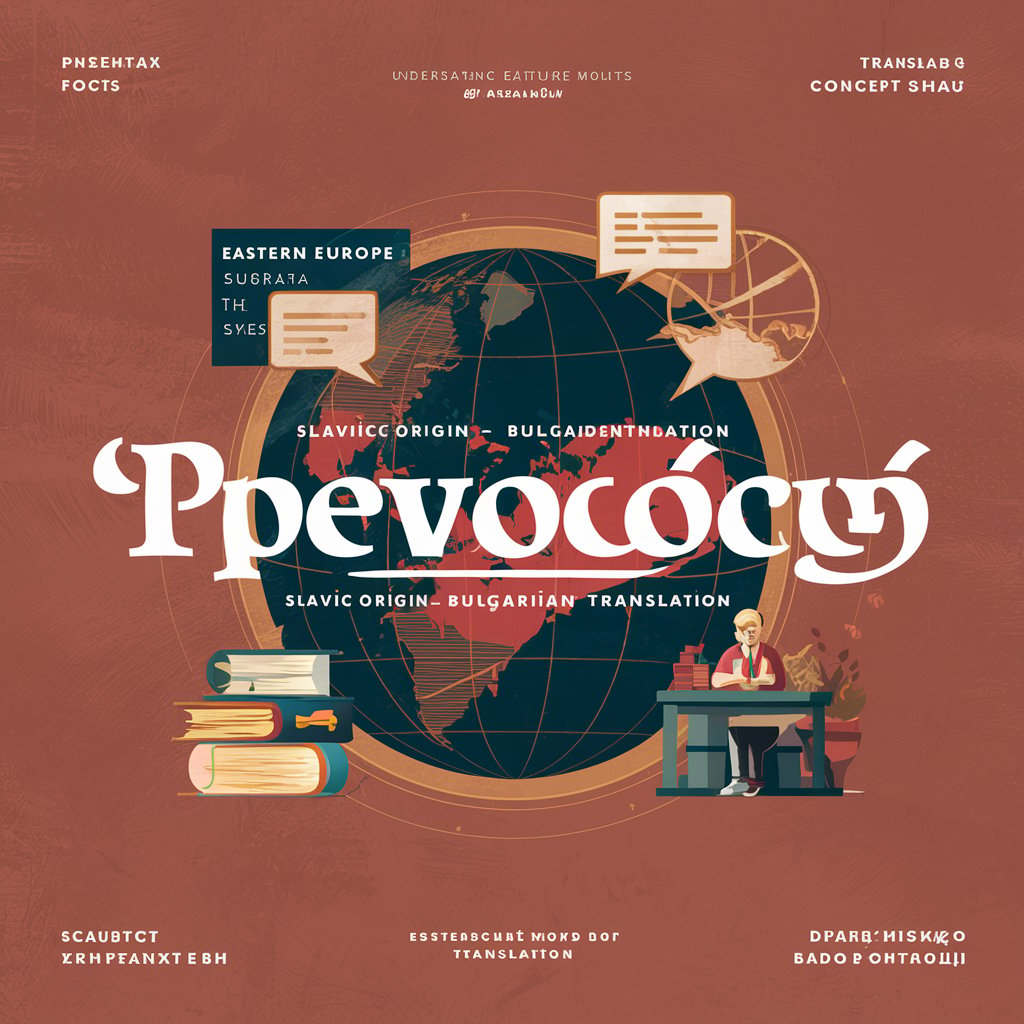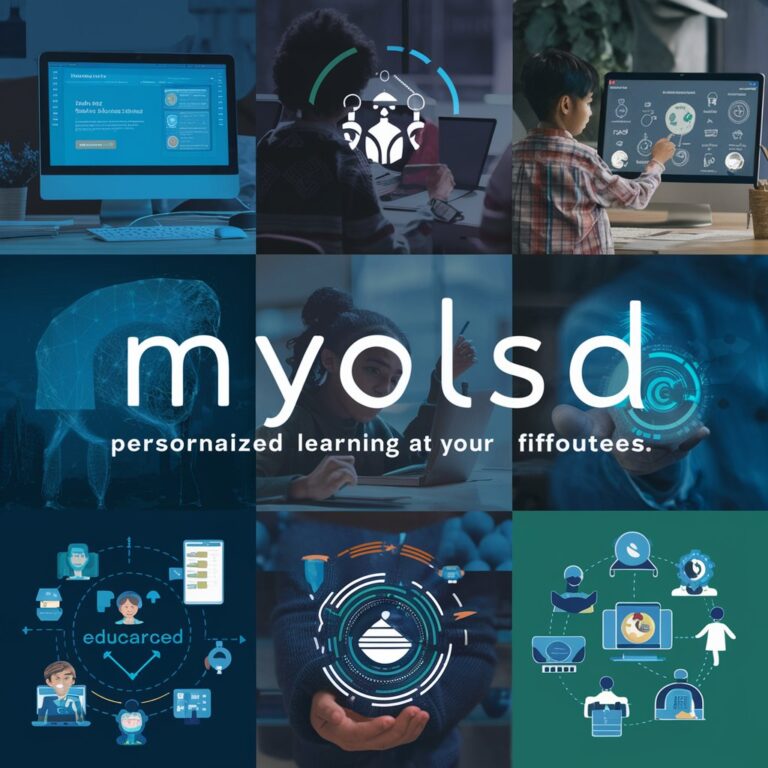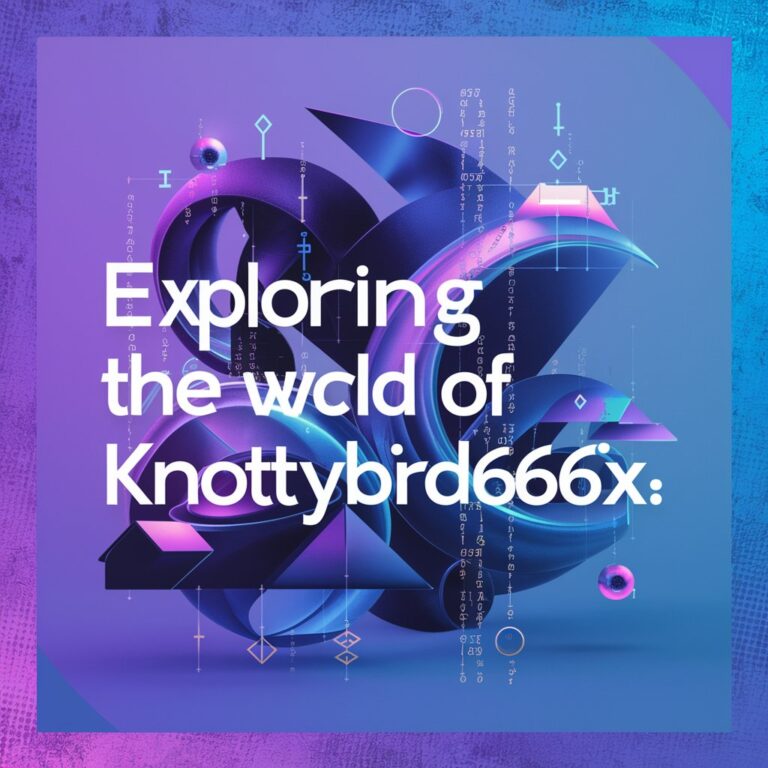Comprehensive Guide to “Преводсч” – Understanding the Slavic Origin and Its Applications
Introduction
In the world of languages and translation, “преводсч” is a term with Slavic roots that translates to “translator” in English. Originating from Bulgarian, this term highlights the importance of translation in bridging linguistic gaps and fostering communication across different cultures. This comprehensive guide will explore the intricacies of “преводсч,” including its historical background, practical applications, and relevance in today’s globalized world.
“Преводсч” is a Slavic word from Bulgarian that translates to “translator” in English.
Table of Contents
- What Is “Преводсч”?
- Definition and Translation
- Historical Context and Linguistic Origins
- The Role of a Translator
- Responsibilities and Skills
- Types of Translation: Literary, Technical, and Legal
- The Importance of Translation
- Bridging Cultural Gaps
- Enhancing Global Communication
- History of Translation Practices
- Ancient Translation Techniques
- Evolution Through the Ages
- Modern Translation Tools and Technologies
- Translation Software and Apps
- Machine Translation vs. Human Translation
- Challenges in Translation
- Language Nuances and Cultural Differences
- Accuracy and Contextual Challenges
- Career Opportunities in Translation
- Becoming a Professional Translator
- Certifications and Qualifications
- Case Studies and Examples
- Notable Translators and Their Contributions
- Successful Translation Projects
- Future Trends in Translation
- AI and Machine Learning in Translation
- The Growing Demand for Multilingual Communication
- FAQs
- What Is the Difference Between “Преводсч” and “Translator”?
- How Can I Become a Translator?
- What Are the Best Tools for Translators?
- How Does Machine Translation Compare to Human Translation?
1. What Is “Преводсч”?
Definition and Translation
The term “преводсч” (pronounced “prevodsch”) translates to “translator” in English. It is derived from the Bulgarian language, a member of the South Slavic group of languages. This term emphasizes the role of individuals who facilitate communication between speakers of different languages.
Historical Context and Linguistic Origins
“Преводсч” has its roots in the Slavic linguistic tradition, where translation has been a crucial part of cultural exchange for centuries. Understanding its origins helps appreciate the evolution of translation practices in Eastern Europe and beyond.
2. The Role of a Translator
Responsibilities and Skills
A translator’s primary responsibility is to convert written text from one language to another while preserving the original meaning, tone, and context. Essential skills include a deep understanding of both source and target languages, cultural knowledge, and attention to detail.
Types of Translation: Literary, Technical, and Legal
Translation can be categorized into various types:
- Literary Translation: Involves translating novels, poems, and other literary works.
- Technical Translation: Deals with specialized fields like engineering, medicine, and technology.
- Legal Translation: Focuses on legal documents and contracts.
3. The Importance of Translation
Bridging Cultural Gaps
Translation plays a vital role in bridging cultural gaps by making information accessible to people across different linguistic backgrounds. It fosters mutual understanding and collaboration in a diverse world.
Enhancing Global Communication
In an increasingly globalized world, effective communication across languages is essential for business, diplomacy, and cultural exchange. Translators ensure that messages are accurately conveyed and understood.
4. History of Translation Practices
Ancient Translation Techniques
Translation has been practiced since ancient times, with early examples found in ancient Egypt, Greece, and Rome. These practices laid the foundation for modern translation methods.
Evolution Through the Ages
The evolution of translation practices reflects changes in technology, culture, and societal needs. From handwritten manuscripts to digital tools, translation methods have continuously advanced.
5. Modern Translation Tools and Technologies
Translation Software and Apps
Today, translators have access to various software and applications that aid in the translation process. These tools enhance efficiency and accuracy, making translation work more manageable.
Machine Translation vs. Human Translation
Machine translation, powered by AI and algorithms, offers speed and convenience but may lack the nuance of human translation. Understanding the strengths and limitations of each approach is crucial for effective communication.
6. Challenges in Translation
Language Nuances and Cultural Differences
Translating idiomatic expressions, cultural references, and context-specific terms presents significant challenges. Ensuring accuracy while maintaining cultural sensitivity is a key aspect of successful translation.
Accuracy and Contextual Challenges
Translators must navigate complex contexts and ensure that translations accurately reflect the intended meaning. This requires careful consideration of both language and cultural factors.
7. Career Opportunities in Translation
Becoming a Professional Translator
A career in translation offers diverse opportunities across various fields. Professional translators often work freelance or within organizations, translating documents, media, and more.
Certifications and Qualifications
Obtaining relevant certifications and qualifications can enhance career prospects. Organizations such as the American Translators Association (ATA) offer credentials for professional translators.
8. Case Studies and Examples
Notable Translators and Their Contributions
Exploring the work of renowned translators provides insight into the impact of translation on literature, diplomacy, and other fields. Examples include Gregory Rabassa, known for his translations of Latin American literature.
Successful Translation Projects
Case studies of successful translation projects highlight the importance of accurate and culturally sensitive translation. These projects demonstrate the role of translation in bridging global communication.
9. Future Trends in Translation
AI and Machine Learning in Translation
The integration of AI and machine learning is transforming the translation industry. These technologies offer innovative solutions for translation challenges and hold promise for future advancements.
The Growing Demand for Multilingual Communication
As global interactions increase, the demand for multilingual communication continues to grow. Translation plays a crucial role in meeting this demand and facilitating international collaboration.
10. FAQs
What Is the Difference Between “Преводсч” and “Translator”?
“Преводсч” is the Bulgarian term for “translator,” reflecting the role of translating text between languages. Both terms refer to individuals who perform translation tasks.
How Can I Become a Translator?
Becoming a translator typically requires fluency in multiple languages, relevant education or certification, and experience in translation. Training programs and language courses can provide necessary skills.
What Are the Best Tools for Translators?
Popular translation tools include CAT (Computer-Assisted Translation) tools, translation memory software, and online dictionaries. These tools assist in improving translation efficiency and accuracy.
How Does Machine Translation Compare to Human Translation?
Machine translation offers speed and efficiency but may lack the nuance and contextual understanding of human translation. Human translators provide detailed and culturally sensitive translations.
This article provides a comprehensive overview of “преводсч,” exploring its meaning, historical context, and relevance in modern translation practices. By understanding the term and its implications, readers can appreciate the vital role of translation in global communication.






